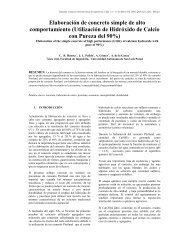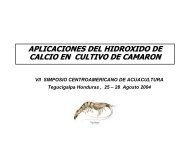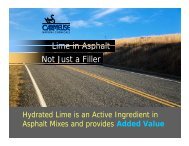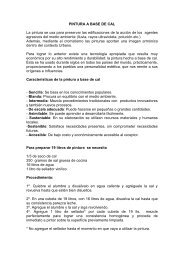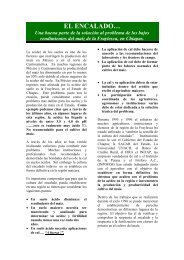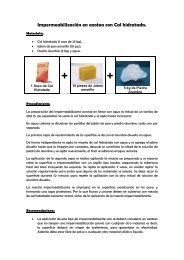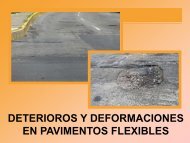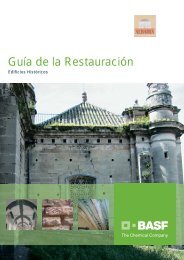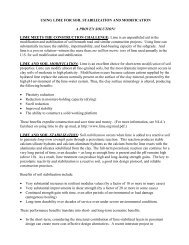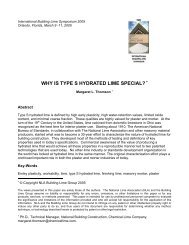Land Contamination: Technical Guidance on Special Sites: Acid Tar ...
Land Contamination: Technical Guidance on Special Sites: Acid Tar ...
Land Contamination: Technical Guidance on Special Sites: Acid Tar ...
Create successful ePaper yourself
Turn your PDF publications into a flip-book with our unique Google optimized e-Paper software.
Box 2.5 Scenario: <strong>Acid</strong> tar disposal lago<strong>on</strong>sThis scenario illustrates issues that have arisen in real cases but does notrepresent an actual single site.It was estimated that around 20,000 t<strong>on</strong>nes of viscous acid tars generated at aformer benzole-refining site in the 1960s had been disposed of within formergravel extracti<strong>on</strong> pits near to the original works (approx. 1 ha). Various othermaterials were added, both to give stability and as part of general wastedisposal and the pits were ultimately capped (with sand/soil) and thengrassed.The acid tars eventually “bled” to the surface leading to complaints aboutodours and other potential hazards followed by a fire that burned for anumber of days.One part of the lago<strong>on</strong> became unstable following unrelated engineeringworks at an adjacent site <strong>on</strong> a lower level and the tars began migrating.The council fenced off the area as a minimum, temporary, safety measure butwas not obliged to clean up the site because it was privately owned.Remedial works were finally enforced via provisi<strong>on</strong>s in a lease. All of theacid tar was removed from the lago<strong>on</strong>s, the sides were lined with quicklimeand the holes backfilled with limest<strong>on</strong>e to ensure complete neutralisati<strong>on</strong> ofany acid tar remaining.A number of opti<strong>on</strong>s were c<strong>on</strong>sidered for the acid tars that were removedwhich varied in cost and feasibility. The characteristics of the wastes hadbeen determined via a large-scale investigati<strong>on</strong> and these had shown thatincinerati<strong>on</strong> did not seem practicable due to the high “debris c<strong>on</strong>tent” of theacid tar. Some attempts were made to burn, experimentally, some of the acidtars at a nearby cement kiln but these proved unsuccessful. Eventually, aland-based method was chosen and the acid tars were transported to threeseparate landfill sites.A site visit three years later found evidence of both weathered (dry brownishappearance) and recently emerged acid tars (characteristic bituminousappearance) at the surface some distance from the remediated areas. Furtherinvestigati<strong>on</strong>s showed that there was another acid tar lago<strong>on</strong> that had not beenfound previously and this also had to be investigated and remediated.R&D <str<strong>on</strong>g>Technical</str<strong>on</strong>g> Report P5-042/TR/04 13




